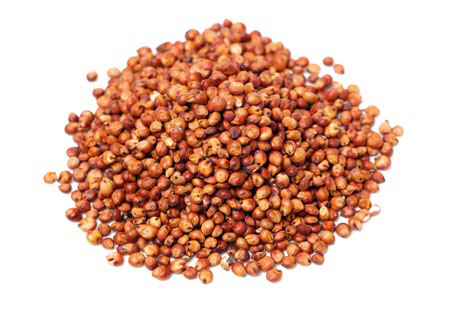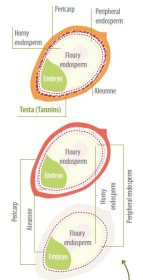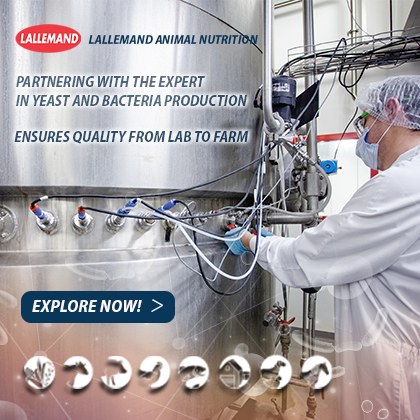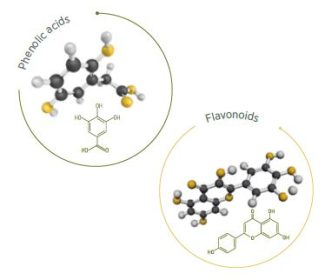12 Jun 2024
Toxicology of Brown Sorghums in Poultry and Swine
The advancement of poultry and swine farming systems towards intensive production has been bolstered by the large-scale production of balanced feeds, predominantly utilizing corn due to its favorable nutritional profile and absence of anti-nutritional compounds. However, since the 1970s, other cereals have been incorporated into commercial diets, with grain sorghum emerging as a significant alternative in regions like South America, particularly Venezuela.
Characteristics of Genotypically Brown Sorghums (GBS)
Grain sorghums, especially genotypically brown sorghums (GBS), are characterized by the presence of condensed tannins (CTs) within their pigmented testa. These CTs have been linked to adverse effects on digestion and nutrient metabolism in non-ruminants. The toxicity of GBS is multifaceted, involving intrinsic toxicities due to CTs and extrinsic toxicities from mycotoxins produced by contaminating molds.

 Figure 1. Sorghum grain and testa.
Figure 1. Sorghum grain and testa.


Toxicology of GBS
This article delves into the toxicology of GBS, focusing on the intrinsic and extrinsic toxic components. Polyphenolic compounds in sorghum are classified into phenolic acids, flavonoids, and tannins, with CTs specifically present in GBS. CTs, high molecular weight phenolic polymers, form stable complexes with proteins, leading to protein inactivation and nutritional value deterioration. Additionally, the presence of mycotoxins, secondary metabolites produced by molds contaminating the grain, exacerbates the toxicity.
From a chemical point of view, polyphenolic compounds can be classified into three groups:


The Trinomial Concept: CAUSE – EFFECT – RESPONSE
The trinomial concept of CAUSE – EFFECT – RESPONSE elucidates the toxicological dynamics in GBS. The CAUSE component encompasses intrinsic CTs and extrinsic mycotoxins. The EFFECT component pertains to the biological impact on organs and tissues, while the RESPONSE component reflects the observable manifestations in affected animals. Studies highlight metabolic toxicity, such as increased UDP-glucuronyltransferase activity in birds consuming high-tannin sorghums, suggesting potential CT absorption.
Research and Implications
Research into the interaction between CTs and mycotoxins in GBS remains nascent but critical. Understanding this interaction is pivotal for enhancing animal nutrition and mitigating adverse health impacts, particularly in young poultry and pigs. This comprehensive evaluation under the CTC – MC – TPM trinomial framework offers insights into the integrated toxicology of GBS, guiding more efficient and rational feed use in intensive farming systems.
Learn more about this topic here
Source: Dr. Marta Jaramillo (2016)
